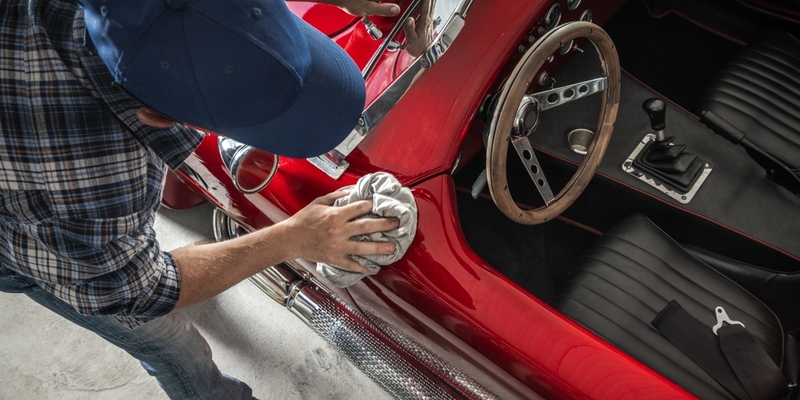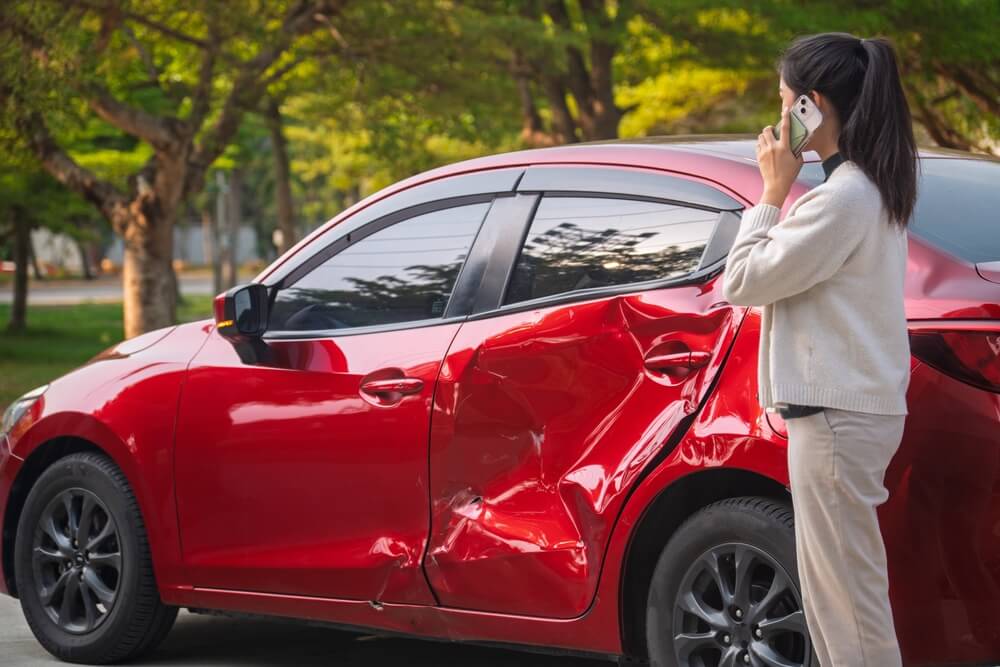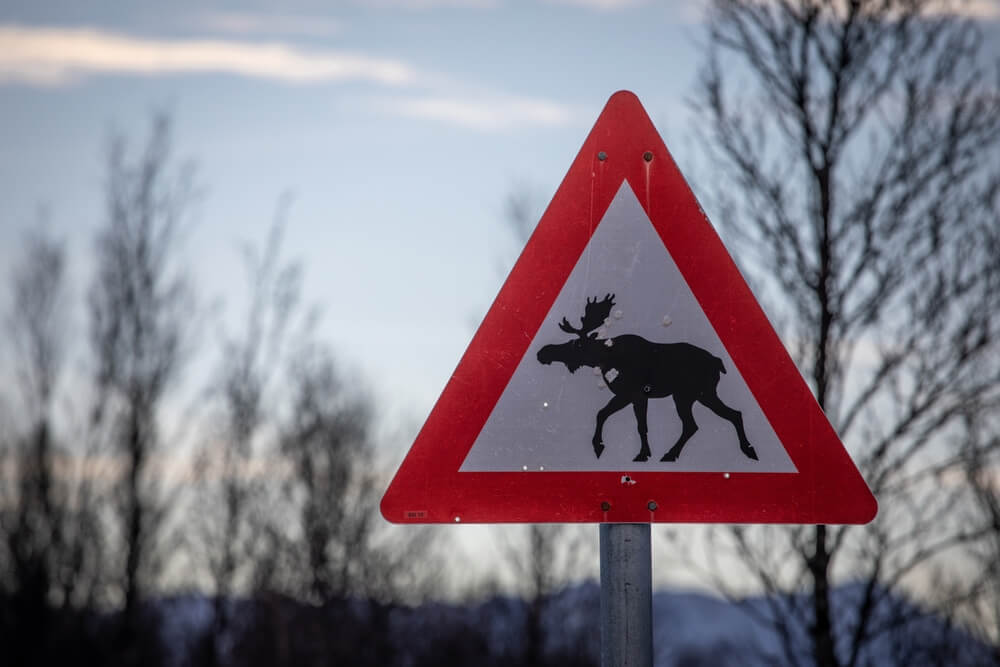
If you are not redirected within 30 seconds, please click here to continue.
Samedi: 10h – 16h HAE

If you are not redirected within 30 seconds, please click here to continue.
If you are not redirected within 30 seconds, please click here to continue.
What is seasonal car insurance?

There’s no one single type of ‘seasonal’ car insurance; there are actually many different types of options for insurance coverage that spans a few months of a year/ Instead, what people typically think of as 'seasonal' car insurance is usually short-term or temporary auto insurance. This is a policy for less than the standard one-year term , and can be available for people who are only in the country for a few months and need to drive, and people who are transferring ownership of a car and require temporary insurance.
Additionally, there are coverage options for vehicles that spend most of the year in storage, except for the few months that they’re taken out. These include vehicles like:
● All-terrain vehicles (ATVs)
● Classic cars
● Convertible cars
● Dirt bikes
● Mopeds
● Motorcycles
● RVs
● Snowmobiles
If you don’t use these vehicles on a year-round basis, you could save some money by insuring it for the period of year you use it, or by scaling back your coverage to just the essentials.
Do some vehicles really need to be insured?
You may think that because you may be taking an ATV on back roads or only driving it for a month or two, you may not need insurance coverage at all.
However, if you’re going to drive on public roads in Canada for any amount of time, you are legally required to have third-party liability insurance coverage. This covers you in case of an injury or death due to collision as well as damage to your or the other person’s vehicle.
That being said, it may not be economical to keep your seasonal vehicles fully insured all year round.
Not all insurance providers offer short-term insurance policies. Some others offer six-month policies bundled in with your annual auto insurance. It’s worth shopping around to see what types of seasonal policies are available to you.
What types of insurance are available for seasonal vehicles?
If you choose to get specific insurance for your type of vehicle, here are some options:
Classic or antique car insurance
If your car is 20 years old, is deemed a collectible and not modified, it’s considered a classic car. An antique car has the same qualifications but is at least 30 years old. Unlike regular car insurance, which takes into account the depreciated value of the car, specialized classic car insurance covers your vehicle’s higher value, factoring in the careful restoration work and relative rarity of the vehicle. It also protects your classic car from theft and fire damage year-round while costing less than half the price of a conventional insurance policy.
Classic car insurance does have limitations, however. You cannot use your classic or antique car as your regular car — it should not be used to commute to work, or for everyday errands. In fact, some insurers require you to have a separate policy for a primary vehicle that isn’t your classic car, or they may impose a strict limit on kilometres driven per year. Instead, it’s intended to be used as a pleasure vehicle, for Sunday drives on warm summer days.
Motorhome and RV insurance
The terms motorhome and RV tend to be used interchangeably. The main difference is that a motorhome has an engine and can be driven while an RV is a trailer attached to another vehicle (this vehicle needs to be separately insured.).
When it comes to insurance, the coverage you need depends on the classification of your motorhome or RV and how often you take it out.
If you only use your RV for trips, your policy should have liability coverage in case of accidents and damage. If you use it as a part-time or year-round home, you’ll need a more comprehensive insurance policy that covers your personal belongings, equipment, towing and repair services. You can expect to pay between $1,000 to $5,000 in premiums annually, depending on the amenities in the RV and how long you stay in the RV. RV owners should talk to their insurance provider or a broker to find the best rate for their needs.
Pay-as-you-go insurance
With pay-as-you-go insurance, you pay for a set number of kilometres per year, which starts at 1,000, going up to a limit of 12,000 kilometres. Kilometres driven are tracked by a telematic device installed in your vehicle. Despite only being offered in a handful of provinces, this type of insurance saw a spike in popularity during the height of the pandemic as more people adopted a hybrid or fully remote work model. It includes the same coverage as regular comprehensive auto insurance, including theft, environmental damage, vandalism and more.
What happens in the off-season?
There are options when your seasonal vehicle is in storage. For example, some provinces, like Ontario and Alberta, allow you to freeze your policy.
The Ontario Policy Change Form (OPCF) 16 (or SEF in Alberta) lets you keep the same benefits even when you’re not driving your vehicle. So, when you apply and get the OPCF16, you still pay the premium but you get a refund once you apply for Reinstatement of Coverage (OPCF 17). Your car must be out of use for longer than 45 days.
Should you opt for seasonal vehicle insurance?
Accidents, theft, and damage can happen to your vehicle, even when it’s in storage. That’s why it’s recommended to have standard auto insurance for your seasonal vehicle even if you don’t use it year-round.
If seasonal insurance isn’t an option for you, you may be able to remove the optional collision and liability insurance from your policy when not driving your vehicle. That could save some money on your policy while still protecting it from harms that may befall even parked cars. After all, during the peak seasons, you want to enjoy your vehicle, not worrying about repairing or, worse yet, recovering it from theft.
Related: Does your car insurance policy include collision and comprehensive coverages?
Don't waste time calling around for auto insurance
Use Rates.ca to shop around, and compare multiple quotes at the same time.
Get money-saving tips in your inbox.
Stay on top of personal finance tips from our money experts!










